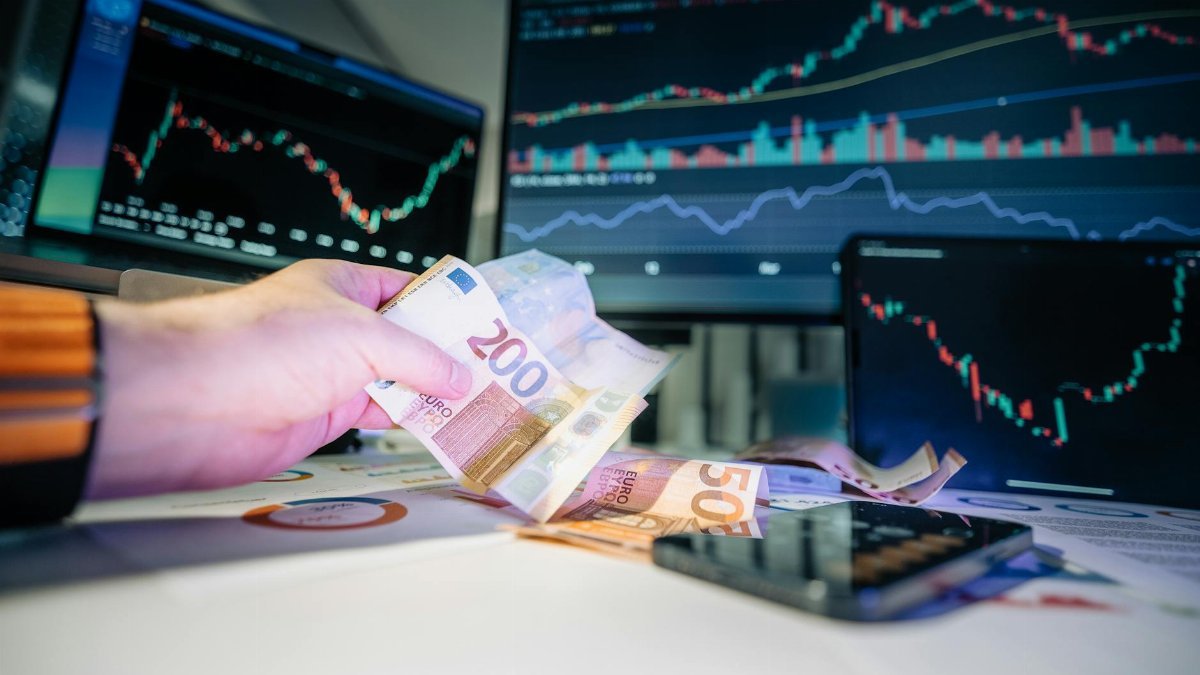Is scent anchor trading the secret weapon Wall Street’s high rollers didn’t know they needed? For one coach, it’s become a game-changer. By using essential oils as a mental reset between high-stress trades, this innovative approach is gaining traction among traders desperate for calm in the chaos of the market. Scent anchor trading, simply put, pairs specific aromas with emotional states to anchor focus and reduce anxiety. As stress levels soar in 2025’s volatile economy, this unconventional tactic might just be the edge some need to stay sharp.
What Is Scent Anchor Trading?

Scent anchor trading is a technique where traders associate specific scents with a desired mental state, using essential oils to trigger focus or calm during intense moments. A whiff of lavender might signal relaxation after a bad call, while peppermint could sharpen focus before a big move. It’s rooted in the idea that smell, deeply tied to memory and emotion, can act as a psychological anchor. For Wall Street players, it’s a quick way to reset without stepping away from the desk.
How It Started on Wall Street

The concept emerged from a wellness coach working with burned-out traders in New York. Witnessing the toll of relentless stress, the coach introduced essential oils as a portable, discreet tool. One trader reported that a quick inhale of eucalyptus between calls helped him shake off a losing streak and refocus. Word spread fast in tight-knit trading circles, turning scent anchor trading into a quiet trend among those juggling millions in seconds.
The Science Behind the Scent

Smell is processed by the brain’s limbic system, which governs emotion and memory. Studies show aromas can influence mood almost instantly. According to research from the National Center for Biotechnology Information, lavender can lower anxiety levels, while citrus scents boost alertness. For traders, this means a sniff could cut through panic or fatigue, grounding them in high-stakes moments. The science isn’t just theory—it’s a practical edge.
Why Traders Are Buying In

Trading floors are pressure cookers, with stress often derailing decisions. Traditional coping methods—coffee, quick walks—don’t always cut it. Scent anchor trading offers immediacy: a drop of oil on a wrist or a diffuser nearby can shift mindset in seconds. With mental health concerns rising among finance pros, as noted by Pew Research, this low-cost, low-effort method is finding fans who need fast relief without judgment.
Challenges and Skeptics

Not everyone’s sold. Some traders scoff at the idea, calling it a gimmick unfit for the cutthroat world of finance. Others worry about distractions—spilling oil or over-relying on a crutch. Practicality is another hurdle; carrying vials or diffusers isn’t always feasible in a fast-paced environment. Still, for those who’ve tried it, the benefits often outweigh the quirks, even if it’s just a placebo effect boosting confidence.
Could It Work Beyond Wall Street?

While traders pioneered this niche, scent anchor trading could apply to any high-stress gig—think surgeons, first responders, or even students facing exams. The principle remains: pair a scent with a state of mind, and use it to pivot under pressure. As wellness tools gain mainstream traction in 2025, this oddball strategy might just sniff out a broader audience, proving that sometimes, the smallest things can steady the biggest storms.
